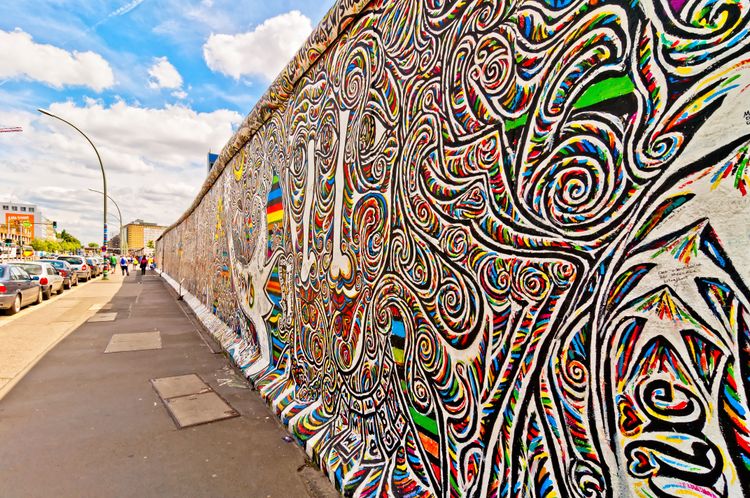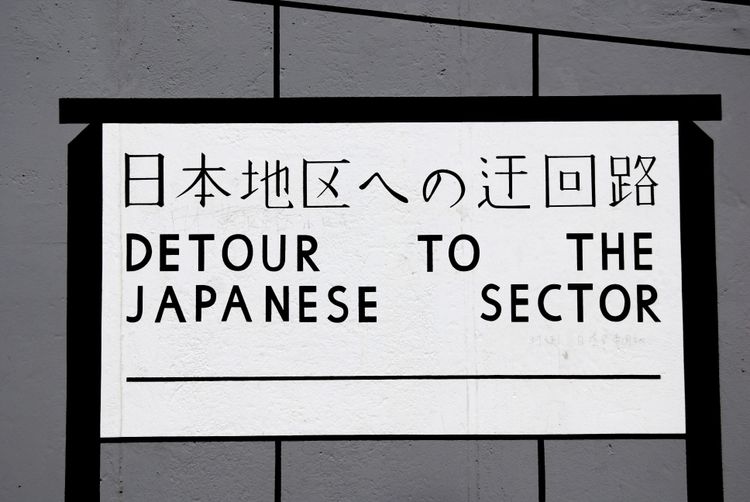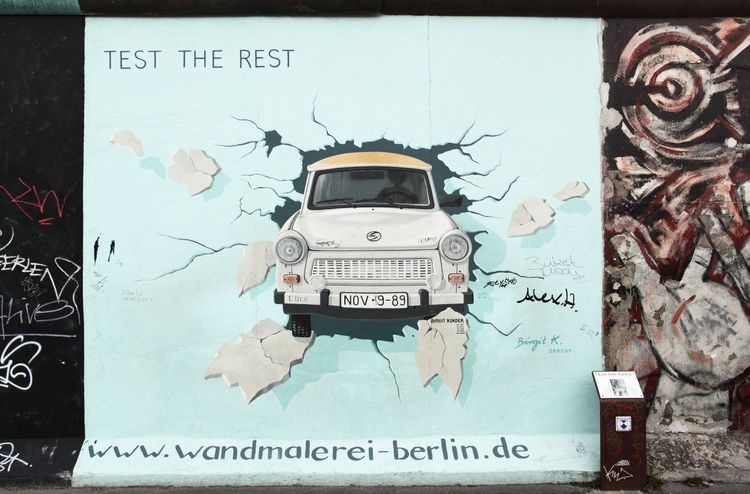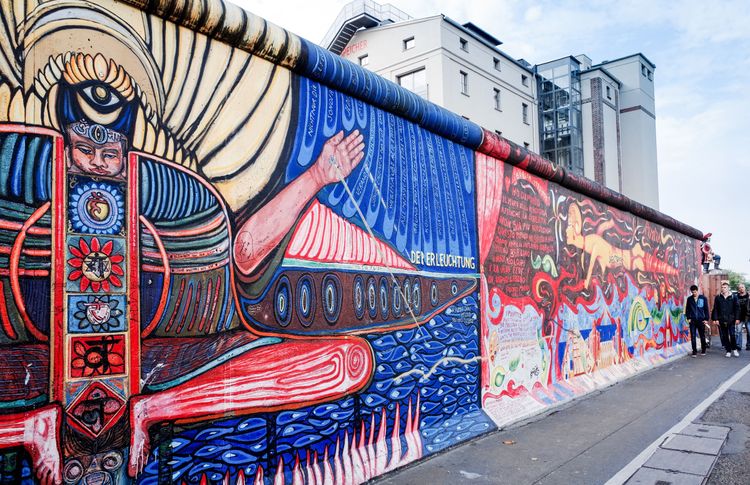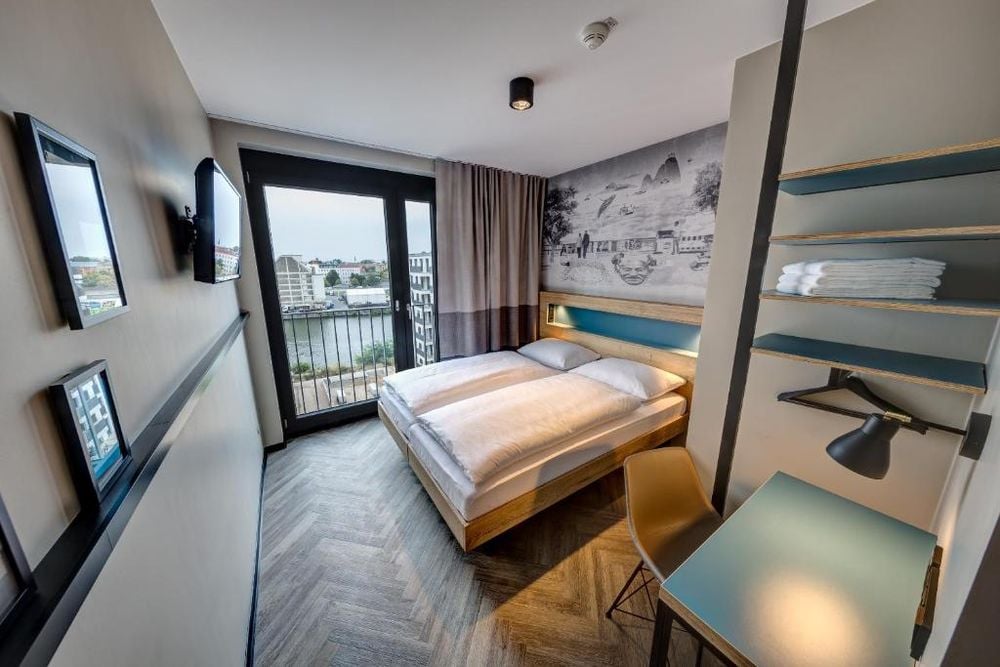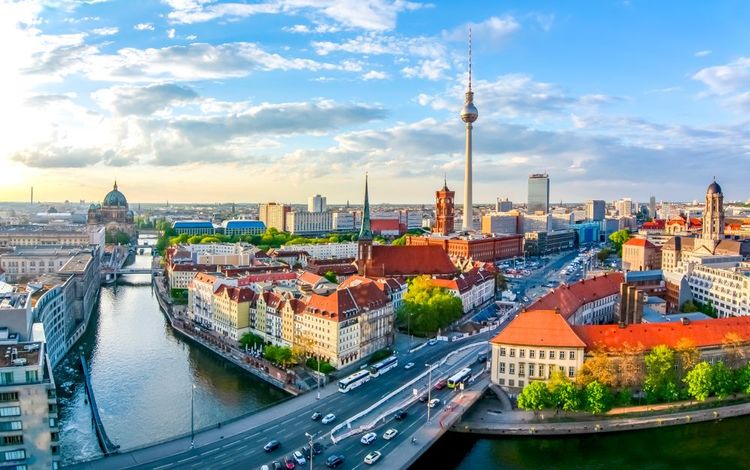During the Cold War, the site of what we know today as the East Side Gallery served as a border post, when access to East Germany was a privilege reserved for West Germans. This section essentially functioned as an internal barrier, an additional defence to stop fleeing East Germans before they crossed the fearsome "death strip" - a perilous no-man's-land where guards were authorised to open fire without hesitation.
The seismic waves of the peaceful revolution of 1989 led to the dismantling of a large part of the Berlin Wall, but a section remained, crystallising its historic essence. The following year, an extraordinary event took place along the eastern face of this remaining section of wall: a gathering of over 100 artists from 21 nations came together for an emblematic painting session. Thus was born the East Side Gallery, a living canvas that would later receive official monument status from the local authorities.
Some of the gallery's most famous murals are forever etched in the annals of history and popular culture. Take, for example, Birgit Kinder's "Test the Rest", which depicts a Trabi car driving through the wall, or Dmitri Vrubel's "My God, Help Me To Survive This Deadly Love", which shows East German leader Erich Honecker and Soviet icon Leonid Brezhnev enjoying an unlikely fraternal embrace. Another striking work is "Detour to the Japanese Sector" by the East German artist Thomas Klingenstein, a striking depiction of the Japanese landscape, a realm off-limits to East German citizens.
But time has taken its toll. In 2009, the gallery underwent a controversial restoration due to the deterioration of the wall caused by the elements and marks left by tourists. The operation resulted in the removal of several murals, prompting artists to join in the repainting efforts, encapsulating the ever-changing nature of this living historical canvas.
